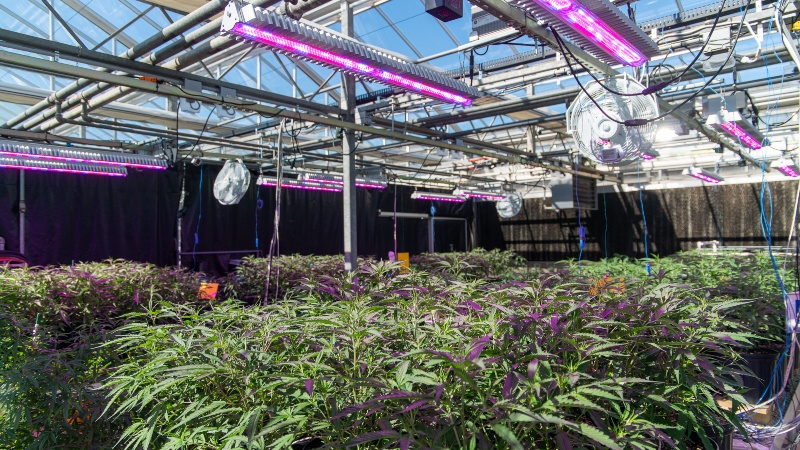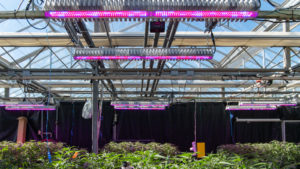
New Cannabis Light Spectrum Study Launches
Current, in partnership with The Hernández Lab at North Carolina State University (NCSU), is launching a new study into the potential of supplemental LED lighting to support commercial cannabis production. The new research project is due to start in November 2022 and will explore the effects of different light spectra on plant growth and flower production, offering deeper insights into how different light wavelengths influence flower size, as well as the concentration of key cannabinoids and terpenes. This research aims to provide useful insights for both nurseries and commercial cannabis growers.
Set to last approximately six months, Partin Thompson of the Hernández Lab team, with support from Professor Ricardo Hernández and lead researcher Cristian Collado, will explore the effects of four different light spectrum treatments on first the vegetative, then reproductive growth stages of a cannabis sativa cultivar commonly grown for its high CBD content. Current’s Arize Element L1000 toplighting, designed to bring the benefits of LED to large-scale commercial greenhouse installations, will be used to deliver the four different lighting treatments, which include:
- A spectrum that features pure blue and red wavelengths
- A treatment that introduces a proportion of green wavelengths to the red and blue light
- A blend of red, green and blue wavelengths that also introduces far-red light
- A broad spectrum with relatively equal amounts of red, green and blue light; commonly used in cannabis production today

The new research project will follow the same methodology and framework as the team’s previous studies, maintaining consistent supplemental light intensity, photoperiod, cultivar, sample size and other variables. Hernández, head of the Hernández Lab at NCSU commented, “Our previous research in partnership with Current has demonstrated that higher light intensity during both vegetative and flowering growth stages will produce higher yields in terms of both quality and quantity for nurseries and flower producers. Now we want to determine if we can help growers further increase production by combining high light intensity with the optimal use of light wavelengths.”
Hans Spalholz, senior plant scientist at Current adds, “Our partnership with NCSU has already demonstrated the advantages of high-intensity horticultural LED lighting in helping commercial cannabis growers achieve a higher return from every plant. However, LED lighting gives us increased scope to support growers further, and during previous studies we’ve speculated about what impact a more bespoke light spectrum could have on plant morphology and the production of important cannabinoids and terpenes. We’re looking forward to combining this new research with the findings of previous studies, to give our customers the best possible advice to maximize production whilst controlling their energy bills.”
The findings of Current and The Hernández Lab’s cannabis research to date will be presented on Oct. 31 by Hernández and Spalholz during a free webinar: “Current Breakthroughs in LED Cannabis Research” at 1 p.m. EDT. The two previous studies have revealed insights into the impact on cannabis yields of increasing light intensity and the use of supplemental light and CO2 to improve the success of cannabis propagation.



